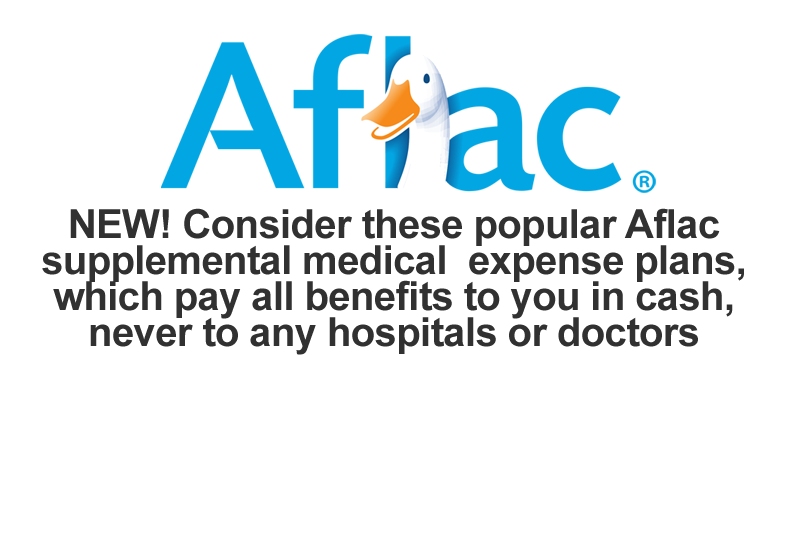 The death or disability of a key person often creates economic hardship for a business or nonprofit organization, but life and disability insurance can ease the financial burden caused by the permanent or temporary loss of such an employee, according to the Insurance Information Institute(I.I.I).
The death or disability of a key person often creates economic hardship for a business or nonprofit organization, but life and disability insurance can ease the financial burden caused by the permanent or temporary loss of such an employee, according to the Insurance Information Institute(I.I.I).
“Insurance on the life or health of a key individual whose services are essential to the continuing success of an enterprise, and whose death or disability could cause the entity a substantial financial loss, is commonly known as key person insurance,” said Dr. Steven Weisbart, CLU, senior vice president and chief economist, I.I.I.
Venture capitalists, banks, and other lenders often insist that key person coverage be a part of the organization’s business plan, especially for any start-up businesses they fund. If a key person dies or becomes disabled, the benefits of the key person insurance typically go to the business to compensate for lost profits or extra expenses caused by loss of the key person. In some instances, the policy’s proceeds go directly to venture capitalists or banks, if they are listed as the beneficiaries. These policies allow the investors and creditors in a business to protect their investment.
The cost of covering a key person under either a life insurance or disability policy varies based on all of the same factors that apply to anyone seeking a new life and/or disability insurance policy, such as the amount of income the insurance would replace; the employee’s age, height, weight and medical history; and whether he or she smokes or has dangerous hobbies (e.g., skydiving).
Key Persons and Life Insurance
The amount of insurance necessary is typically based on a determination of the financial dimension of a key person’s long-term worth to the business or organization. In some cases, a review of the employee’s responsibilities can help determine what should be the death benefit payable to a business in the event of the key person’s death.
For example, if the employee is responsible for a certain volume of sales, the death benefit under a life insurance policy could be the present value of the stream of sales that the key person would have generated if he or she had lived. If, instead, the key person has a high executive position, such that his or her main value is the vision and leadership provided to the business or organization, their value may be somewhat harder to quantify but is no less important to supporting the continuation of the enterprise.
A business purchasing a life insurance policy to cover a key person should also consider covering the expected cost of replacing a key person, including the employment agency fees and potential moving expenses needed to recruit a successor, and possibly a higher salary for the new employee.
When a business purchases a life insurance policy for key person purposes, the business typically owns the policy, pays the premiums and is the beneficiary. The employee, having agreed to be listed as a key person, must agree to the company’s purchase of this insurance. Moreover, the life insurer may require a resolution from the policyholder’s board of directors stating the purpose of the policy’s key person policy provision.
Key Persons and Disability Insurance
Key person provisions, when incorporated into disability insurance policies, are aimed at compensating the business for the temporary or permanent loss of a key person due to an injury or illness. A disability policy includes a definition of disability that must be satisfied before the beneficiary receives the policy’s benefits. Benefit payments are generally made to the beneficiary—whether it is a company or an individual—on either a weekly or monthly basis for a specified period of time.
Should a key person become permanently disabled, the economic loss to a business would be the same as if the person had died. But the risk of a key employee experiencing partial disability is much greater than the risk that the person will die. A 35-year-old has a 50 percent chance of being disabled and unable to work for three months or longer before he or she turns 65, according to the National Association of Insurance Commissioners (NAIC).












